Choosing Martial Arts Dojo1 is undoubtedly one of the most important decisions you’ll ever do. It’s not a decision about you Martial Art practice only, but it will probably affect your entire life and thus it shouldn’t be take lightly.
Is it even possible to recognize a quality Dojo or experienced teacher without having any previous experience? Of course it is, but you have to be very attentive and have to know where and what to look, with eyes and mind open.
First of all, you have to keep in mind, that should be looking for a Martial Arts Dojo which is the best just for you. That means Dojo, which meets your specific demands and expectation. Each person is different and while one may look for a spiritual awakening, other seeks more for self-defense or improvement of own physical condition. Disparities between Dojos, even in a same Martial Art, are often huge. Be aware of that.
Think ahead what are you aiming for in your Martial Art practice and you’ll able to recognize it, once you see it in Dojo.
Knowing why you chose certain Martial Art, what are your goals and stance in life, is half of the battle. Without all this premeditated, it’s just a question of luck if you ever find a good Martial Arts Dojo, exactly for you.
Following tips and advice should help you with your first steps in world of Martial Arts and to distinguish what separates good from mediocre, without having any previous experience. So let’s begin.
1. Start with a list
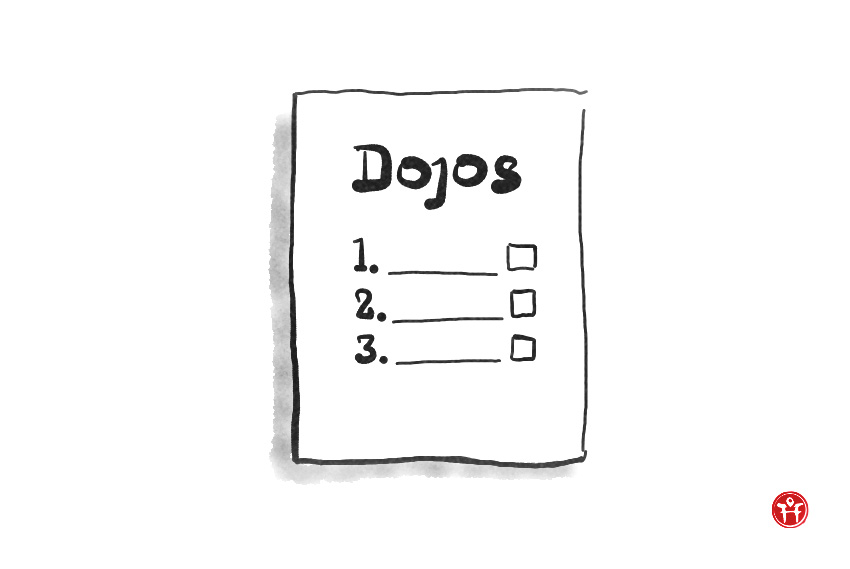
Making a simple list of at least few Dojos in your surroundings is a great start. Make a promise to yourself, that you’ll actually visit at least few of them (the more the better). This is very, very important.
Don’t be lazy and don’t look for any shortcuts, because from now on, this may decide about quality of your Martial Art practice.
You shouldn’t end up in first Dojo you visit or choose just because it’s really close and it’s convenient.
Remember, it’s always better, if you have something to compare, so don’t hesitate to try more than one Dojo before you decide what suits you the best. Ok, but where to start searching?
Ask your friends about nearby Dojos
Does any of your friends already practice the same Martial Art you’re interested in? Great! Ask him (or her) first, it’s possible that Dojo which he (she) attends, is at least worth a try.
Search for a Dojo on the internet
Searching for Martial Arts Schools on the internet is easier and quicker. You can use Google: “e.g. Aikido Dojo New York” or better, use websites dedicated only to Martial Arts Dojos (such as: localdojo.com), where you can narrow your search and filter Dojos by the distance, reviews and comments of others. This gives you better idea, as these Dojo pages are stripped of any “fancy look” and all possible “SEO tricks”, so you can focus only on facts and stay unbiased.
Distance from your home
There is a chance, that you have a good Martial Arts Dojo nearby, so it’s wise to look in your neighborhood first. Of course if you aren’t able to find any Dojo in your street or city, you have to make your search radius wider.
In the long run, it’s better to practice only few times a week with a good Sensei in Dojo far away, than to train daily in a mediocre Dojo nearby.
So keep in mind, that the distance of the Dojo from your home is important just for the start, though isn’t crucial. The closer the better, because there is a stronger chance you’ll find time and money for regular practice, but do not cling on the location of the Dojo too much; there are more important decision factors.
Technical grades
It’s always a good sign when a Sensei2 (and other Dojo students) has higher technical grades. The bigger number of teachers or high ranked students in Dojo, the more likely you can get the most out of trainings there than elsewhere and thus to grow much faster.
Quality of the Sensei and his teaching should be the most important thing in your Martial Art practice, everything else is secondary.
You can use technical grades of the Dojo members as the first criterion for your decision-making, but don’t rely on this blindly. In reality, technical grade often doesn’t reflect its holder’s actual skills and vice versa, since there are many experienced people on tatami3 without having any official high ranks, but can teach you a lot. You’ll have to hold your judgment till you actually meet the person on tatami.
2. What to look at in Dojo
![]()
Sensei and his teaching
When you’re in a Dojo, watch the Sensei and his students before, during and even after the training. Keep your eyes and mind open and pay attention to following things:
- How do people behave to each other?
- Does the Sensei have a friendly attitude or rather frighten students?
- Does the Sensei pay attention to beginners or only to advanced students?
- Does the Sensei notice that you’re there and came to you?
- Is quality of the teaching as you expected?
- How do you feel in this Dojo after the training?
- Does Sensei inspire you and keep you motivated?
- Can you imagine that you’d visit this Dojo for regular trainings?
- Ask the Sensei about his Sensei, who is was it him/her and why did he choose him/her?
- Ask how are beginners integrated to regular trainings or if they have their own classes?
Do not hesitate to approach Sensei directly with any questions. Also try to ask his students after the training, why do they practice right here, what’s their motivation to be with this Sensei. If you get answers such as: “It’s very close to my place and we’re friends.” or “Trainings aren’t so hard and we always go to grab a beer in a pub after the training.” may indicate that this isn’t the place you’re looking for. On the other hand answers such as: “I’ve tried another Dojo and this Sensei is the best around.” or “Trainings are hard, but worth it.” are usually a good sign.
You may set different requirements for your Sensei and your future Martial Art practice, but I think that these questions are always good to ask. Do not expect everything perfect, you have to weigh all the pros and cons and decide.
As I said before, the Sensei and quality of his teaching should be the most important decision factor, all other things are incidental.
3. Dojo’s facilities and equipment
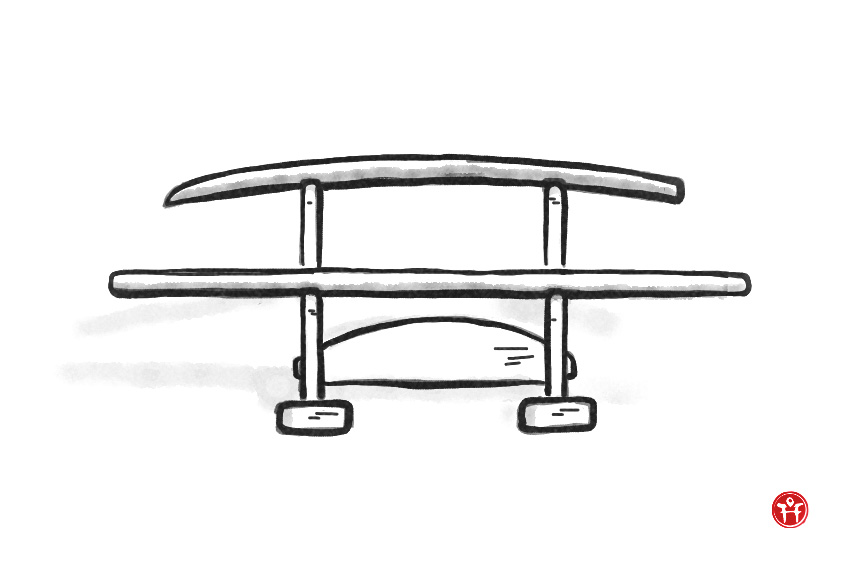
Tatami
You can say a lot about a Dojo just from how they take care about its facilities and equipment. If you find that floors and tatami look and smell like they weren’t wiped for weeks and that there are dust tufts in each corner, do the math. A Dojo and especially a tatami should be always cleaned before every training.
You can compare it to an analogy with your mind – your mind should be always clear and ready for the upcoming practice, at the start of the training. That’s one of the reasons we do mokuso4 at the start of each training. Wiping the floor of your Dojo is in certain sense similar and it’s a kind of meditation.
Clothes
The same applies to students’ clothes. Every student should be wearing clean clothes and pay enough attention to the personal hygiene.
Bathrooms
Take a quick look at bathrooms, even if you’ve been just watching the training from the bench. Imagine that you may take a shower there at least few times a week.
Equipment
If your Martial Art works with any kind of weapons, they should be found also in Dojo somewhere and in good condition, so nobody can be hurt during training, due to poor quality of the equipment. For example the cracked wooden bokken (wooden sword) can cause very serious injuries to you or people you practice with, so your and Dojos’ equipment should be always maintain in perfect condition.
Size of the Dojo
The size of the Dojo is really not that important and in most cases is big enough. You just have to respect the space as it is and adapt to it accordingly. The Dojo itself can be very small, but it has to be always clean and safe for training.
Public transportation and parking
Take a time to find, if there is a good access to the public transportation. Even if you have your own car for now, you should be able to get there without it. A parking lot or at least some reserved place for your car isn’t a must, but certainly a plus.
4. Payments for lessons
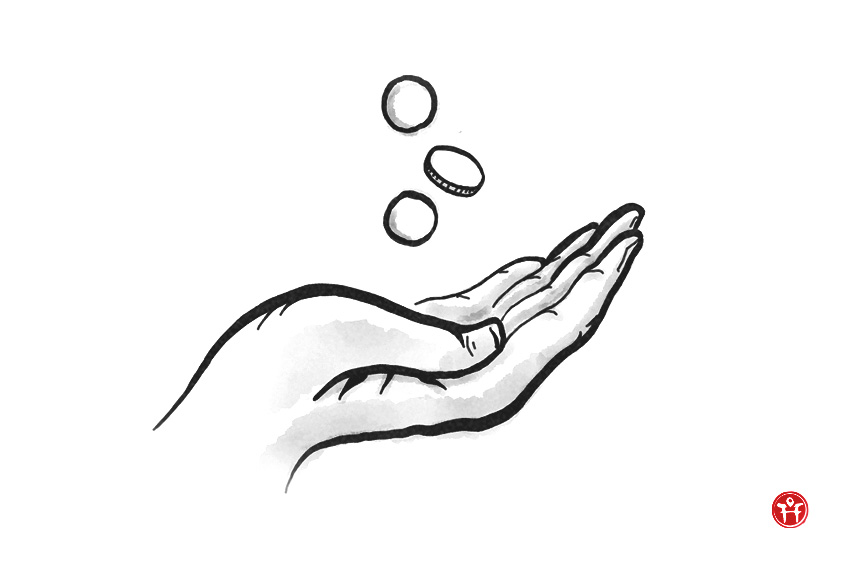 A price for one lesson should adequately reflect mainly the experience of the teacher and location of the Dojo. You have to decide yourself whether the price is appropriate or not. But either way, nobody should force you in any contracts or advance payments, especially not during the first training. Of course there may be a discount for a bulk purchase, a season ticket or special price for Dojo members, but this have to be optional.
A price for one lesson should adequately reflect mainly the experience of the teacher and location of the Dojo. You have to decide yourself whether the price is appropriate or not. But either way, nobody should force you in any contracts or advance payments, especially not during the first training. Of course there may be a discount for a bulk purchase, a season ticket or special price for Dojo members, but this have to be optional.
A good Sensei never wants to pay for the first lesson and never force you into any bigger payments in advance, as the only option.
All discounts or contracts (if necessary) should be motivational, nobody shouldn’t force you in any long term contract or big advance payments. If you encounter any of this behavior, it isn’t a good sign.
Summary
Don’t rush in to a decision about your new Dojo and allow your thoughts and emotions to settle down. In the end, the most important thing is how you feel in the Dojo and how you feel after the lesson. If you’re eager for next training and have a satisfied smile on your face on your way home, you found it.
As you’ll progress in your practice, you’ll find that the world on tatami and your regular life is more and more blending together. To find these intersections of both worlds, is one of the main aims of this blog. I hope that you’ll eventually connect these dots and see, what was unseen before.
I would appreciate hearing your thoughts on this topic, it’s possible that I forgot on something important. I’ll be improving this article based on your comments and ideas, so please, do not hesitate to add your comment below.
- In the Western world, the term Dōjō (道場) primarily refers to a training place specifically for Japanese Martial Arts. More on: Wikipedia
- Sensei (先生) is used usually after a person’s name and means “teacher” or other figure of authority. More on: Wikipedia
- Tatami (畳) is a type of mat used as a flooring material in traditional Japanese-style rooms. Most Martial Arts Dojos have special vinyl judo mats, made for combat sports and Martial Arts. More on: Wikipedia
- Mokuso (黙想 mokusō) is a Japanese term for meditation, especially when practiced in the Japanese Martial Arts. Mokusō (pronounced “moh-koo-sou”) is performed before beginning a training session in order to “focus” & “clear one’s mind”. More on: Wikipedia
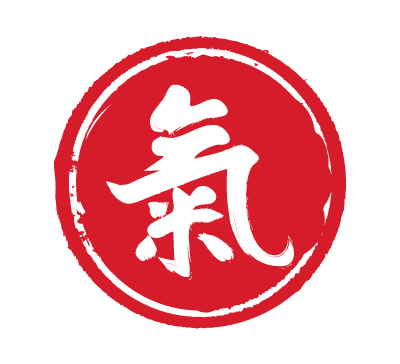
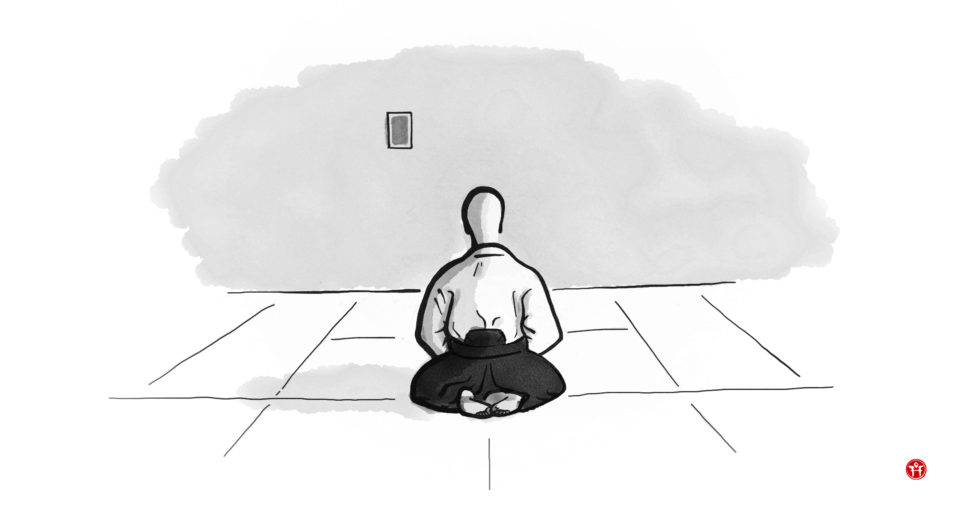
It made me think about our dojo as well :) I hope you will come with more soon. Keep it up!
Hi Derrick, I’m glad it did! Although originally is this article intended for beginners, who have very little previous experience ;)